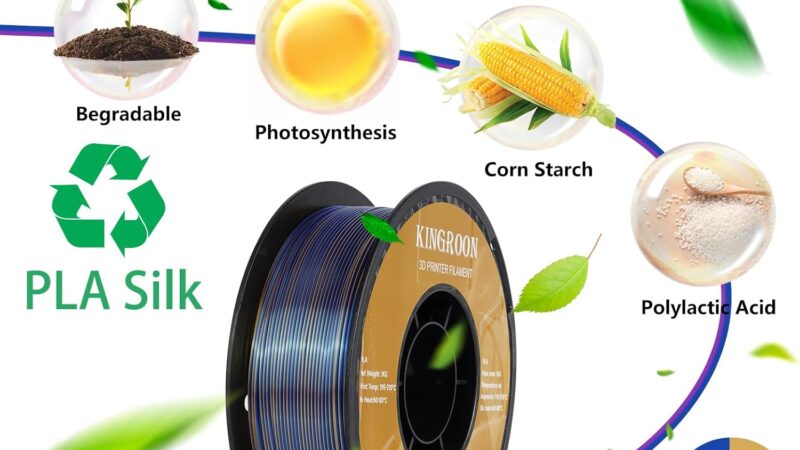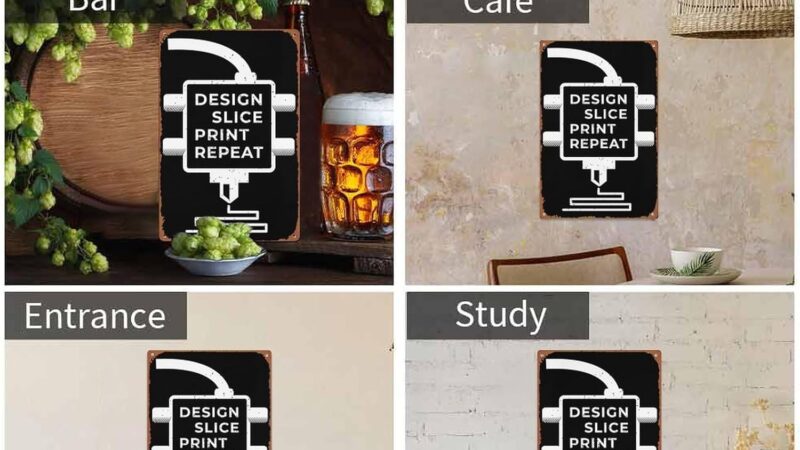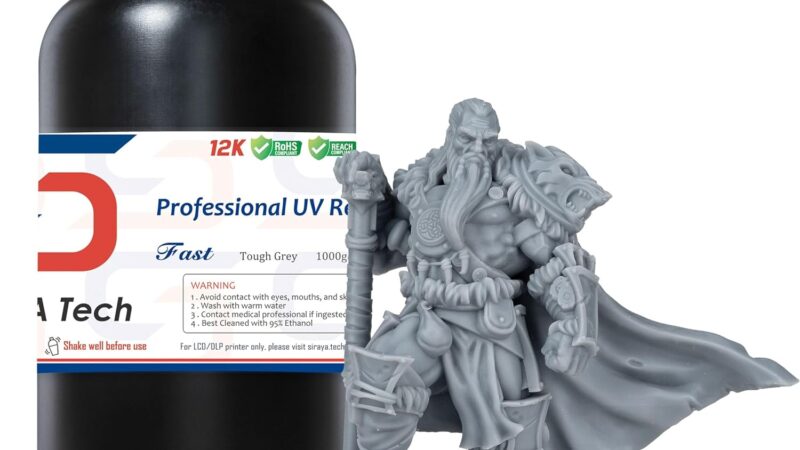Creative Possibilities with a 3D Printer
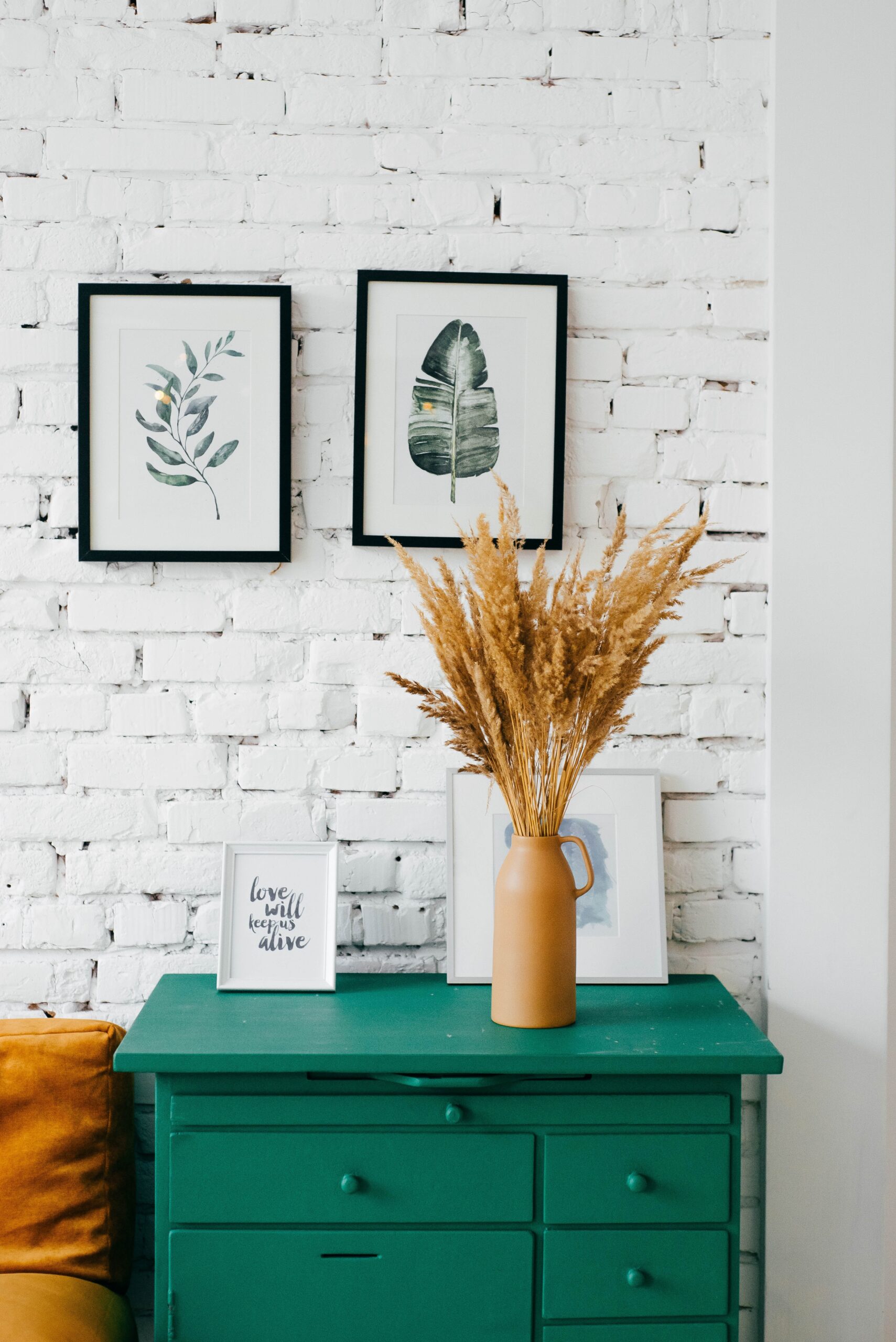
Imagine the endless possibilities that lie within the reach of a 3D printer. With this innovative technology, you have the power to bring your wildest imagination to life. From intricate designs and functional prototypes to personalized gifts and intricate jewelry, there is virtually no limit to what you can create. Let your creativity soar as you explore the wide range of materials and techniques available, and unlock a world of artistic expression with the help of a remarkable 3D printer.

This image is property of images.unsplash.com.
Introduction
In recent years, 3D printing technology has gained immense popularity and opened up a whole new world of creative possibilities. With a 3D printer, you can bring your imagination to life and create a wide range of objects and products right in the comfort of your own home. From personalized home decor and fashion accessories to prototypes for manufacturing and even medical solutions, the applications of 3D printing are truly endless. In this article, we will explore the diverse range of items that can be made with a 3D printer, showcasing the incredible versatility and potential of this technology.
Overview of 3D Printers
Before delving into the various applications of 3D printing, it’s important to understand how this technology works. 3D printing, also known as additive manufacturing, is a process of creating three-dimensional objects by depositing layers of material on top of each other. This is in contrast to traditional manufacturing methods that involve subtracting material, such as carving or machining. 3D printers use a range of materials, including plastic, metal, and even food-grade ingredients, and are controlled by computer software that precisely dictates the object’s dimensions and shape. As 3D printers become more accessible, affordable, and user-friendly, their popularity continues to soar.
Growing Popularity of 3D Printing
The growing popularity of 3D printing can be attributed to several reasons. Firstly, the technology offers a level of personalization and customization that was previously unheard of. Individuals can now design and create objects that suit their unique preferences and needs. Secondly, 3D printing allows for rapid prototyping, enabling inventors, engineers, and designers to iterate their ideas quickly and efficiently. This streamlines the product development process and brings ideas to market faster than ever before. Lastly, 3D printing is becoming increasingly affordable, making it accessible to individuals and small businesses alike. As more people embrace this technology, the possibilities for innovation and creativity continue to expand.
1. Home Decor and Accessories
Customizable Home Decor Items
With a 3D printer, you can easily upgrade your home decor with personalized and customizable items. Whether it’s a lampshade, a wall clock, or a set of decorative shelves, you can design and print objects that align with your unique taste and style. The ability to customize colors, patterns, and shapes gives you full control over the aesthetics of your living space.
Unique Vases and Flower Pots
Say goodbye to generic vases and flower pots and say hello to one-of-a-kind creations. 3D printing allows you to design vases and flower pots in intricate and unconventional shapes that would be impossible to achieve with traditional manufacturing methods. Let your creativity flourish as you experiment with innovative designs that will surely become conversation starters in your home.
Wall Art and Sculptures
Imagine being able to bring three-dimensional art into your own living room. With a 3D printer, you can create stunning wall art and sculptures that add depth and dimension to your space. Whether you prefer minimalist geometric designs or intricate and detailed sculptures, 3D printing enables you to turn your artistic visions into tangible pieces that can be proudly displayed in your home.
Personalized Coasters and Tableware
Impress your guests with personalized coasters and tableware that reflect your unique style. From intricately designed coasters to customized cutlery and plates, 3D printing lets you create functional yet aesthetically pleasing items for your dining table. You can experiment with different textures and shapes, adding a touch of personalization to your culinary experiences.

This image is property of images.unsplash.com.
2. Fashion and Jewelry
3D Printed Clothing and Accessories
The fashion industry is no stranger to 3D printing, as it offers endless possibilities for creating unique clothing and accessories. Designers can use 3D printers to create intricate textures and patterns that are impossible to achieve with traditional textiles. From avant-garde runway pieces to everyday wear, 3D printing is revolutionizing the way we think about fashion.
Customizable Jewelry Designs
Gone are the days of mass-produced jewelry. With a 3D printer, you can design and create personalized jewelry pieces that perfectly match your style and personality. Whether it’s a statement necklace, a pair of earrings, or a custom-engraved ring, 3D printing allows you to bring your jewelry ideas to life with precision and detail.
Unique and Intricate Brooches
Brooches are making a comeback in the fashion world, and 3D printing is taking them to the next level. With its ability to produce complex and intricate designs, 3D printing allows for the creation of unique brooches that are true works of art. From nature-inspired motifs to geometric shapes, you can find or create a brooch that adds a touch of elegance and individuality to any outfit.
Fashionable Eyewear
3D printing is also making its mark on the eyewear industry, offering a new realm of fashionable possibilities. With a 3D printer, you can create custom-fit eyeglass frames that perfectly suit your face shape and style. Whether you prefer bold and unconventional designs or classic and timeless frames, 3D printing enables you to have eyewear that is as unique as you are.
3. Toys and Games
Customizable Action Figures
Children and collectors alike can rejoice with the advent of 3D printing in the toy industry. Instead of purchasing standard action figures, you can now design and print your own customized characters. Whether it’s a superhero, a fantasy creature, or even a miniaturized version of yourself, 3D printing allows you to bring your imagination into the three-dimensional world.
Puzzles and Brain Teasers
Challenge your mind with 3D printed puzzles and brain teasers. With their intricate designs and complex mechanisms, these puzzles offer hours of entertainment and mental stimulation. From traditional Rubik’s cubes with a twist to intricate mechanical puzzles, 3D printing takes puzzle-solving to a whole new dimension.
Educational Toys
3D printing has tremendous potential in the realm of education, offering interactive and hands-on learning experiences. Educational toys, such as models of the solar system or historical landmarks, can be printed to enhance children’s understanding of complex concepts. By allowing students to visualize and manipulate objects, 3D printing fosters a deeper engagement with the material.
Board Games and Miniatures
Board game enthusiasts can explore a wealth of new possibilities with 3D printing. Create custom game pieces, unique terrain, or even your own board games from scratch. Whether you want to add a personal touch to a classic game or design a completely original gaming experience, 3D printing allows you to bring your game night to the next level.
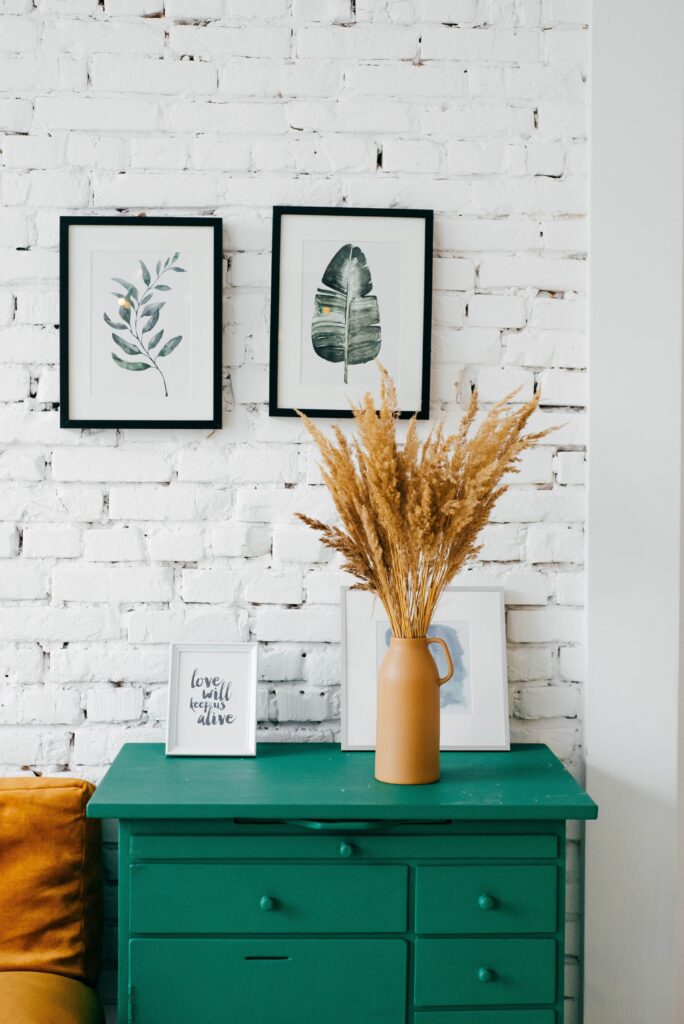
This image is property of images.unsplash.com.
4. Prototyping and Manufacturing
Rapid Prototyping of Product Designs
One of the most significant advantages of 3D printing is its ability to accelerate the prototyping process. Designers and engineers can create physical prototypes of their products within hours, allowing for quick iterations and adjustments. This saves valuable time and resources, making 3D printing an indispensable tool for product development.
Functional Parts for Various Industries
From automotive to aerospace, a wide range of industries are leveraging 3D printing to produce functional parts. Complex geometries and lightweight yet durable materials can be achieved through 3D printing, making it ideal for applications that require precision and efficiency. Components for machinery, medical devices, and even customized prosthetics can be manufactured with the help of 3D printers.
Customized Tools and Equipment
Traditional manufacturing methods often involve creating standardized tools and equipment that may not suit every individual’s needs. With 3D printing, however, customized tools and equipment can be created on-demand. Whether it’s a specialized tool for a specific task or a comfortable ergonomic handle, 3D printing allows for the production of tailored tools that enhance productivity and efficiency.
Small-Scale Manufacturing Possibilities
3D printing has opened up opportunities for small-scale manufacturing, empowering entrepreneurs and small businesses to produce their own products. Without the need for expensive production facilities or minimum order quantities, individuals can bring their ideas to market without breaking the bank. This democratization of manufacturing has sparked a wave of innovation and creativity in various industries.
5. Art and Sculpture
Intricate and Detailed Sculptures
One of the most captivating applications of 3D printing is in the realm of art and sculpture. Artists can now materialize their intricate and detailed designs with incredible precision. Whether it’s a lifelike figurine or an abstract creation, 3D printing allows artists to push the boundaries of their imagination and realize sculptures that were once thought to be impossible.
Unique Art Installations
With 3D printing, artists can create large-scale and awe-inspiring art installations that captivate audiences. By harnessing the power of additive manufacturing, artists have the freedom to experiment with unconventional shapes and structures that would be impossible to create by traditional means. These immersive art installations can transform spaces into surreal and thought-provoking environments.
Experimental and Abstract Artworks
3D printing has also paved the way for experimental and abstract artworks. Artists can explore new textures, forms, and materials, pushing the boundaries of traditional art mediums. The ability to digitally model and fabricate complex structures allows for the creation of art that challenges conventional notions of aesthetics and provokes new ways of thinking.
Replicas and Reproductions of Famous Art Pieces
3D printing has enabled the creation of highly accurate replicas and reproductions of famous artworks, making art more accessible to the masses. Museums and galleries can now offer visitors the opportunity to experience iconic pieces up close, even if the originals are housed in different parts of the world. This technology has revolutionized the preservation and dissemination of cultural heritage.
6. Education and Learning Aids
3D Models for Educational Purposes
3D printing has become an invaluable tool in the field of education, enriching learning experiences across various subjects. Teachers can create three-dimensional models of objects, animals, or historical artifacts to enhance students’ understanding and engagement. The tactile nature of these models allows for a more interactive and immersive learning environment.
Anatomical Models and Simulations
In medical and biology education, 3D printing has revolutionized the way students learn about the human body. Anatomical models, once limited to textbooks and two-dimensional illustrations, can now be printed in three dimensions. This allows for a deeper understanding of anatomical structures and facilitates hands-on learning. Furthermore, 3D printing enables the creation of patient-specific surgical models, allowing surgeons to plan and practice procedures with greater precision.
Mechanical and Engineering Models
In engineering and design education, 3D printing is a game-changer. Students can design and print mechanical models, allowing them to visualize and test their ideas in a tangible form. This hands-on approach to learning provides valuable insights into the mechanics and functionality of objects and encourages creative problem-solving.
Geographical Landscapes and Architectural Models
Geography and architecture classrooms can benefit greatly from 3D printing. Students can create accurate models of geographical landscapes or architectural structures, enabling them to explore and understand spatial relationships more effectively. These tactile models foster a deeper appreciation for the built environment and encourage students to think critically about design and planning.
7. Medical and Healthcare Applications
Prosthetic Limbs and Orthotic Devices
One of the most impactful applications of 3D printing in the medical field is the production of prosthetic limbs and orthotic devices. 3D printing enables the customization of these devices to fit each patient’s unique needs and specifications. With the ability to iterate designs quickly and cost-effectively, individuals with limb differences can now access affordable prosthetics that are both functional and aesthetically appealing.
Patient-Specific Surgical Models
3D printing has revolutionized the field of surgical planning by allowing surgeons to create patient-specific models. These models can be used to visualize complex anatomical structures and plan surgical procedures with greater precision. By practicing on these models before the actual surgery, surgeons can improve patient outcomes and reduce surgical risks.
Dental Solutions and Orthodontics
The use of 3D printing in the dental industry has transformed the way dental solutions and orthodontics are fabricated. Dental crowns, aligners, and even dentures can now be customized and manufactured with great accuracy and efficiency. The digital workflow enabled by 3D printing streamlines the production process, resulting in faster turnaround times and improved patient experiences.
Drug Delivery Systems and Personalized Medicine
3D printing holds great potential in the field of pharmaceuticals, enabling the production of customized drug delivery systems. By printing intricate and precise structures, medications can be released at controlled rates or tailored to individual patient needs. This personalized approach to medicine has the potential to revolutionize drug therapies and improve patient outcomes.
8. Food and Culinary Innovations
3D Printed Chocolates and Confections
Get ready to satisfy your sweet tooth with 3D printed chocolates and confections. With the right equipment and food-grade materials, you can create intricate and visually stunning treats that are sure to impress. From custom-designed chocolates to personalized cake toppers, 3D printing adds a new dimension to the world of sugar artistry.
Customizable Cake and Cookie Decorations
Say goodbye to traditional piping techniques and hello to intricate and customizable cake and cookie decorations. With a 3D printer, you can create stunning designs and intricate patterns that would be difficult to achieve by hand. Whether it’s a birthday cake with a personalized topper or delicately crafted lace patterns on cookies, 3D printing takes baking and decorating to a whole new level.
Intricate Pasta and Pastry Designs
From pasta to pastries, 3D printing has made its way into the culinary world. With specialized 3D printers, you can create intricate and unique shapes that would be impossible to achieve by traditional means. Imagine serving your guests pasta in the shape of their names or 3D printed sugar sculptures on your desserts. The possibilities for culinary creativity are endless with 3D printing.
Experimental Food Creations
For the adventurous foodies out there, 3D printing allows for experimental and avant-garde culinary creations. Chefs can push the boundaries of traditional cooking by creating edible structures and designs that defy expectations. From geometric food sculptures to edible art installations, 3D printing opens up a world of gastronomic possibilities.
10. Environmental Solutions
Recycled Materials and Sustainable Designs
With a growing focus on environmental sustainability, 3D printing offers a greener approach to manufacturing. Using recycled materials, such as plastic waste or biodegradable filaments, you can create objects with a reduced carbon footprint. 3D printing also allows for optimized designs that minimize material waste, making it an eco-friendly solution for production.
Custom Containers and Packaging Solutions
The customization capabilities of 3D printers extend to containers and packaging solutions as well. With 3D printing, you can design and create packaging that perfectly fits your products, minimizing the need for excess materials. This not only reduces packaging waste but also provides a unique and memorable unboxing experience for your customers.
3D Printed Models for Environmental Planning
Environmental planning and conservation efforts can benefit greatly from 3D printed models. By creating accurate and detailed models of natural landscapes, urban areas, or ecosystems, researchers and policymakers can better understand the impact of various interventions and plan for a more sustainable future. These models allow for better visualization and communication of complex environmental data.
Efficient and Optimized Energy Systems
3D printing has the potential to revolutionize the energy sector by enabling the production of efficient and optimized energy systems. From solar panels to wind turbine components, 3D printing allows for the fabrication of lightweight and complex geometries that improve the performance and sustainability of energy technologies. This paves the way for a greener and more sustainable energy future.
In conclusion, 3D printing has opened up a world of possibilities across various industries and applications. From personalized home decor and fashion accessories to prototyping and manufacturing, the versatility and potential of 3D printing are truly remarkable. Whether you are a hobbyist looking to unleash your creativity or a professional seeking innovative solutions, a 3D printer can revolutionize the way you think about design and production. With this technology becoming increasingly accessible, we can expect to see even more incredible creations and advancements in the future. So, why not embrace the world of 3D printing and start bringing your imagination to life? The possibilities are endless!

